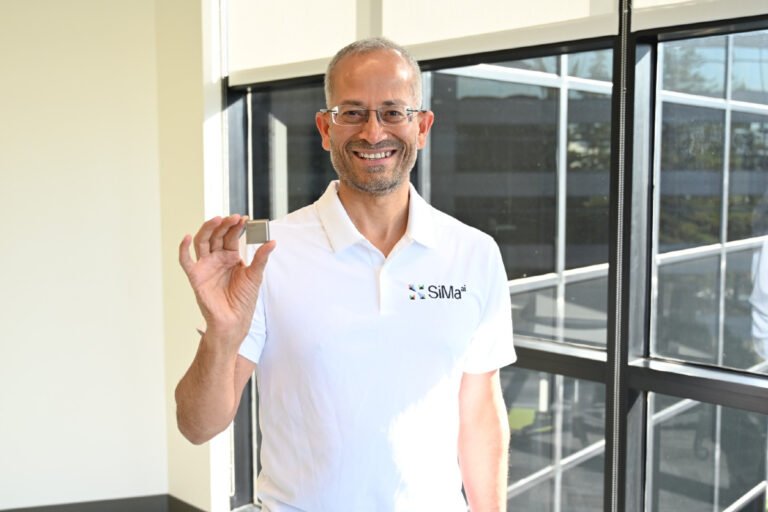
SiMa.ai, named after Seema, the Hindi word for “boundary,” strives to leverage this shift by offering its edge AI SoC to organizations across industrial manufacturing, retail, aerospace, defense, agriculture and healthcare sectors.
As the demand for GenAI is growing, SiMa.ai is set to introduce its second-generation ML SoC in the first quarter of 2025 with an emphasis on providing its customers with multimodal GenAI capability.
The new SoC will be an “evolutionary change” over its predecessor with “a few architectural tunings” over the existing ML chipset, Rangasayee said.
It would work as a single-edge platform for all AI across computer vision, transformers and multimodal GenAI, the startup said.
The second-generation chipset will be based on TSMC’s 6nm process technology and include Synopsys EV74 embedded vision processors for pre- and post-processing in computer vision applications.

Nvidia might be clouding the funding climate for AI chip startups, but Hailo is still fightingHello, and welcome back to Equity, a podcast about the business of startups, where we unpack the numbers and nuance behind the headlines.
This is our Wednesday show, when we take a moment to dig into a raft of startup and venture capital news.
No big tech here!
Keep in mind that Y Combinator’s demo day kicks off today, so we’re going to be snowed-under in startup news the rest of the week.
Consider today’s show the calm before the storm.

The funding climate for AI chip startups, once as sunny as a mid-July day, is beginning to cloud over as Nvidia asserts its dominance.
AI chip company Mythic ran out of cash in 2022 and was nearly forced to halt operations, while Graphcore, a once-well-capitalized rival, now faces mounting losses.
But one startup appears to have found success in the ultra-competitive — and increasingly crowded — AI chip space.
“I co-founded Hailo with the mission to make high-performance AI available at scale outside the realm of data centers,” Danon told TechCrunch.
“In recent years, we’ve seen a surge in demand for edge AI applications in most industries ranging from airport security to food packaging,” he said.
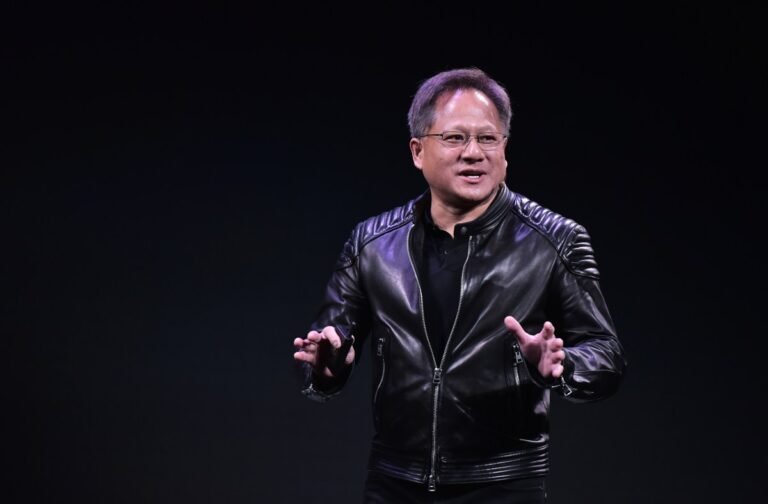
Nvidia could be primed to be the next AWS There are a lot of parallels in the two companies' growth trajectoriesNvidia and Amazon Web Services, the lucrative cloud arm of Amazon, have a surprising amount in common.
But AWS growth has begun to slow down, even as Nvidia’s takes off.
The question is whether Nvidia can sustain that growth to become a long-term revenue powerhouse like AWS has become for Amazon.
The short-term financial outlookAs the above chart notes, Nvida’s revenue growth has been astronomical in recent quarters.
Much like AWS, Nvidia will face stiffer competition eventually, but it controls so much of the market right now, it can afford to cede some.

Nvidia chips give graphics-hungry gamers the tools they need to play games in higher resolution, with higher quality and higher frame rates.
Anyone who came to the keynote expecting him to pull a Tim Cook, with a slick, audience-focused keynote, was bound to be disappointed.
The company also introduced Nvidia NIM, a software platform aimed at simplifying the deployment of AI models.
“Anything you can digitize: So long as there is some structure where we can apply some patterns, means we can learn the patterns,” Huang said.
And here we are, in the generative AI revolution.”Catch up on Nvidia’s GTC 2024:Update: This post was updated to include new information and a video of the keynote.

“And the product was electricity.”He was comparing this — turning raw material into something else that have value — to the notion of data centers, which are purely money pits.
“There’s a new Industrial Revolution happening in these [server] rooms: I call them AI factories,” Huang said.
“The raw material that goes in is data and electricity.
It’s very valuable.”The distinction makes a lot of sense in a world where Nvidia benefits tremendously if it can persuade companies to think of data centers and AI tools in a different way.
“The last time, data centers went into your company’s cost centers and capital expenditure.
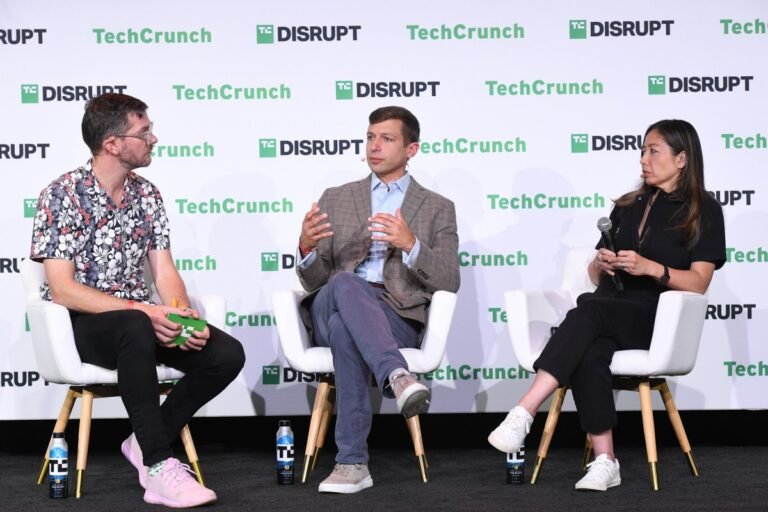
The Open Source Robotics Foundation (OSRF) this week announced the launch of the similarly named Open Source Robotics Alliance (OSRA).
The new initiative is designed to maintain development for and maintenance of open source robotics projects, with a particular focus on the OSRF’s own robot operating system (ROS).
First released in 2007 by erstwhile Bay Area incubator Willow Garage, ROS has played a foundational role in robotics development for decades.
In a show of support, Nvidia and Qualcomm have both signed on as “Platinum” members for the new alliance, along with Alphabet’s X spinout Intrinsic.
Former Open Robotics CEO Brian Gerkey (who current serves as Intrinsic’s CTO) has been appointed to the OSRA’s board of directors.
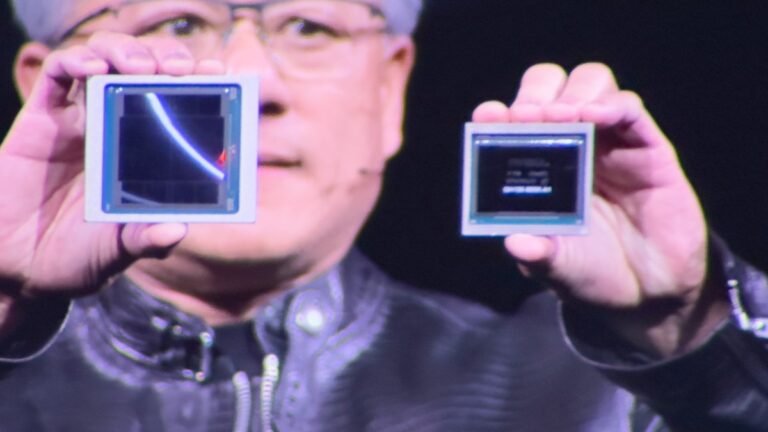
Nvidia chips give graphics-hungry gamers the tools they needed to play games in higher resolution, with higher quality and higher frame rates.
Anyone who had come to the keynote expecting him to pull a Tim Cook, with a slick, audience-focused keynote, was bound to be disappointed.
The company also introduced Nvidia NIM, a software platform aimed at simplifying the deployment of AI models.
NIM leverages Nvidia’s hardware as a foundation and aims to accelerate companies’ AI initiatives by providing an ecosystem of AI-ready containers.
“Anything you can digitize: So long as there is some structure where we can apply some patterns, means we can learn the patterns,” Huang said.

Naturally, Nvidia wants a piece.
Keeping things in the Marvel Cinematic Universe is Jetson Thor, a new computer designed specifically for running simulation workflows, generative AI models and more for the humanoid form factor.
Nvidia notes of the new silicon:The SoC includes a next-generation GPU based on NVIDIA Blackwell architecture with a transformer engine delivering 800 teraflops of 8-bit floating point AI performance to run multimodal generative AI models like GR00T.
Naturally, Nvidia wants a piece of the action.
The next several years will present a fascinating race for market share between humanoids and mobile manipulators, and Nvidia wants a piece of all of that action.
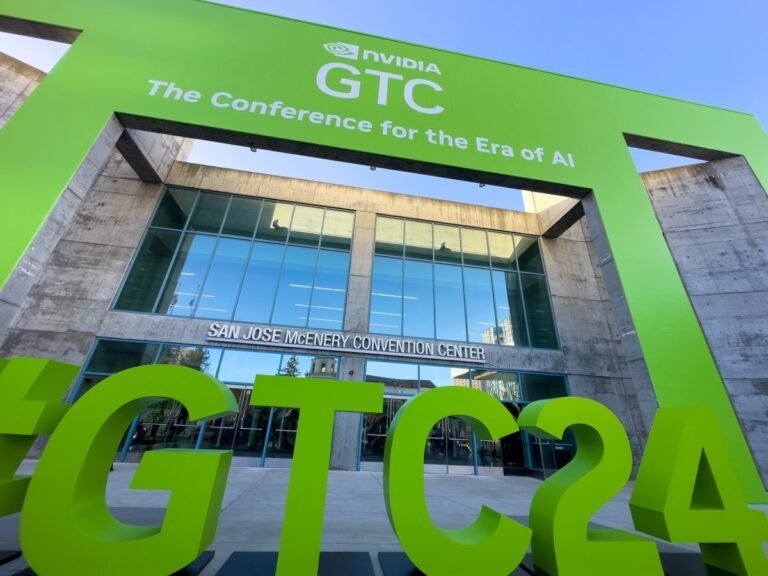
At its GTC conference, Nvidia today announced Nvidia NIM, a new software platform designed to streamline the deployment of custom and pre-trained AI models into production environments.
NIM takes the software work Nvidia has done around inferencing and optimizing models and makes it easily accessible by combining a given model with an optimized inferencing engine and then packing this into a container, making that accessible as a microservice.
Nvidia is already working with Amazon, Google and Microsoft to make these NIM microservices available on SageMaker, Kubernetes Engine and Azure AI, respectively.
Some of the Nvidia microservices available through NIM will include Riva for customizing speech and translation models, cuOpt for routing optimizations and the Earth-2 model for weather and climate simulations.
“Created with our partner ecosystem, these containerized AI microservices are the building blocks for enterprises in every industry to become AI companies.”













